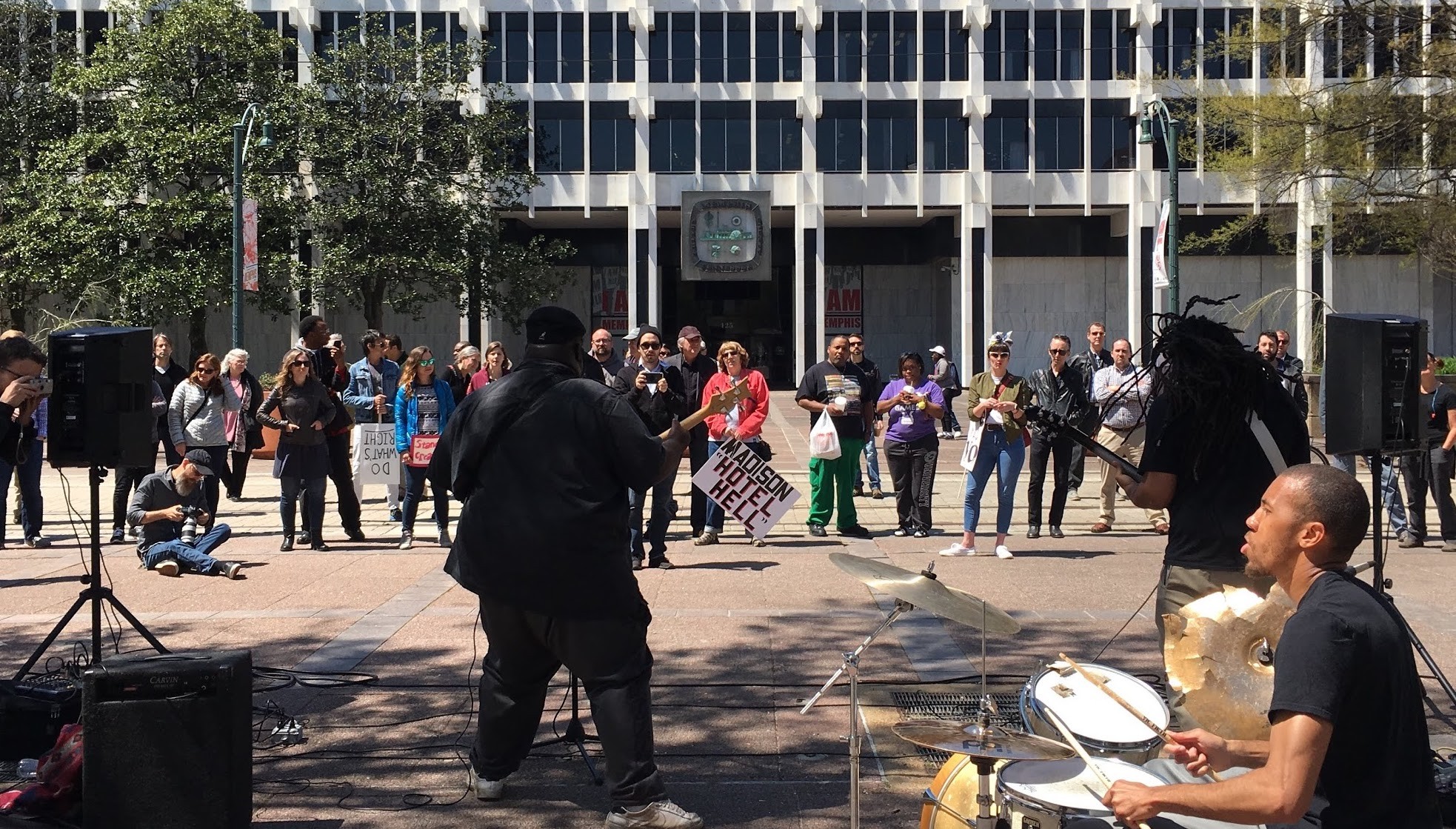 Laura Jean Hocking
Laura Jean Hocking
About 100 people rallied outside City Hall on Monday, April 9th, to protest the pending eviction of artists and filmmakers Christopher Reyes and Sarah Fleming from their home at 1 S. Main.
“This rally was organized because we could not stand by silently as our friends and fellow artists were so ruthlessly mistreated by the new owners of the Madison, Aparium Hotel Group,” said Joann Self Selvidge of Memphis Women in Film, who organized the rally.
Self Selvidge said Fleming was a founding member of Memphis Women in Film and “vital to the Memphis film community. … Her list of awards and accolades is too long to cover here. But unless you know her personally, you might not realize the full extent of who she is outside of her career.
“So, I want you all to stop and think for just a moment what they are going through right now, as a family. As a mom, Sarah is struggling to explain to her 3-year-old daughter why mommy and daddy are packing up all of their belongings into big boxes in the middle of their living room floor.
In this past week since the court decision was made, her 9-month-old daughter, whom she’s still nursing, got baby measles, a virus that gave her a bumpy red rash all over her body. The entire family is suffering from the stress of an eminent forcible eviction from their home, their home that they have owned for 25 years.”
 Chris McCoy
Chris McCoy
Musicians Will Sexton and Amy LaVere
Citing the examples of Austin and Nashville, musician John Paul Keith said “More and more, you’re going to see groups like Aparium coming into Memphis to try to make money off of the culture we create every day.
“If you look at Aparium’s website, it’s got a bunch of stuff about how they like to partner with local creatives. Well, we see what they really do to local creatives, and their actions speak louder than words.
“We need to speak with our actions as artists and be unified. We need to make sure we don’t give them the benefit of our labor. We need to make sure they realize what they have done, and how seriously we take it.
[pullquote-2]
“And I’ll tell you who else needs to understand that — City Hall and the county commission, the mayor’s office, and the Downtown Memphis Commission (DMC), who gave these people a $100,000 grant.
“Not only did Aparium get a $100,000 grant to do what they did to Christopher and Sarah, a Shelby County judge awarded them $102,000 in damages, adding incredible insult to injury.
“As far as I’m concerned, this is an absolute outrage and a crime. Like Woody Guthrie says, some people rob you with a fountain pen. That’s what happened to those guys — they were robbed.”
Reyes and his mother, Vernice Kuglin, who bought the property from Henry Turley in 1993, have filed an appeal of the March 27th to vacate their home and pay Aparium Hotel Group $102,000 in damages. Kuglin, Reyes, and Fleming declined to be interviewed for this article, citing the appeal and ongoing negotiations.
The ruling hinged on the interpretation of documents related to the Payment In Lieu Of Taxes (PILOT) program, which is administered by the DMC.
Article II, Section 28 of the Tennessee Constitution states that “all property, real, personal, or mixed, shall be subject to taxation,” except in the cases of property “held by the state, by counties, cities, or towns and used exclusively for public or corporation purposes.”
So, in order for governments to give tax breaks to developers looking to rebuild their city centers, the owners of the properties must surrender their titles to the DMC’s finance arm, which then leases it back to them.
Instead of paying taxes, the property owners technically pay rent to the Center City Finance Corporation (CCFC), a tax exempt entity. These PILOT leases contain a clause that gives the owners of the properties, who are technically called beneficial owners, an option to repurchase the properties from the DMC for a nominal amount. Then, the property is re-assessed and taxed at the normal rate.
“During the PILOT term, our CCRFC board is the technical owner of the property,” said Jennifer Oswalt, DMC president. “There is a $1,000 termination fee at the end of the PILOT period. This fee covers costs associated with the legal transfer of the property title. Our attorneys and the PILOT holder, or his/her attorney, monitor and execute this transaction.”
Paul Morris served on the board of directors of the DMC from 2003-2010, and then as president of the organization from 2010-2015.
“Chris Reyes and Sarah Fleming were very helpful to the Downtown Memphis Commission during my tenure there,” Morris said. “They were consultants to us as well as producers of many of the communication and marketing tools that we used to attract Downtown businesses. I got to know them as Downtown neighbors and folks that make the neighborhood better.”
[pullquote-3]
Morris is a lawyer who has reviewed all of the documents in 1 S. Main case, but he emphasizes that he does not speak on behalf of the DMC.
The PILOT program’s purpose, he says, “is to incentivize development of property and make it more valuable. The idea is, in certain cases, a property owner doing that would drive up their taxes so much that they would lose money on the deal.
“So, they wouldn’t do it in the first place. To incentivize them to improve their property, we don’t let them pay less in taxes, but we freeze their tax assessment at the pre-development level for a number of years.”
Current DMC head Oswalt says, “We have 107 active PILOTs, with an average remaining term of seven years. We cannot know the full value of the properties until they return to the tax rolls but these projects garnered over $1.3 billion in investment so far.”
Developer Henry Turley said the PILOT program has been vital to the redevelopment of downtown Memphis.
“We couldn’t have done virtually any of our products, save for the opportunities to do them with PILOTs,” Turley said. “When I added up 31 PILOT projects that I had done, including Mud Island, South Bluffs, the Cotton Exchange, Shrine Building, Paperworks … the total city and county taxes that were being paid pre-redevelopment was $190,000. The year I measured it, the taxes were over $7 million. It’s the best tool the city and county have to cause the redevelopment of the city.”
Turley first acquired the 1 S. Main property in 1986. In 1993, Reyes, then a freshly minted Memphis College of Art (MCA) graduate, and Kuglin, a pilot for FedEx, approached Turley about buying the building. But they could not secure enough financing, so Turley offered to sell them the second floor for $55,000.
“We created a condominium in the building for the purpose of selling — of conveying is maybe a more proper word,” said Turley. “I remember the lawyer [S. Joshua Kahane] shouted me down for using the term ‘sell’ — for conveying our beneficial interest in unit two of the condominium to Vernice and Chris, because we wanted to see it used as an art space and as a living space.
“When we conveyed it to them, it was totally unfinished, just exterior walls, floor, roof, and windows. We wanted to see it animated and used for the purpose it is being used for. We created a condominium for that purpose and sold our interest to them for their use and benefit.”
[pullquote-4]
After 30 years of redevelopment, such arrangements are now common Downtown.
“The Cotton Exchange Building, where I’m sitting right now, is a two-unit condominium, exactly like 1. S. Main,” said Turley. “They’re all like that.”
Under the terms of the PILOT lease, the sale — or, conveyance of the beneficial interest — was handled with a sub-lease which gave Reyes and Kuglin the option to buy the property for $1 when the PILOT lease expired, just like any PILOT beneficial owner.
At the time of the 1993 sale (or conveyance), the PILOT lease was set to expire in December 2001.
But in the late 1990s, then-DMC president Ed Armentrout spearheaded a 15-year extension of PILOT leases, with the funds earmarked for the construction of Downtown public amenities.
In 2001, when 1 S. Main’s PILOT lease was set to expire, it was instead extended. Critically, the original sublease with Kuglin and Reyes was not changed.
In 2007, Turley sold — or, conveyed his remaining beneficial interest in — the first floor of the building to the owners of the Madison Hotel, which is next door to 1 S. Main.
“We made it utterly clear to Muhommoud [Hakimian, Madison Hotel owner] that we were conveying to him our interest in the property, less that which we had conveyed to Vernie [Kuglin],” Turley said. “And we made it utterly clear to him in the public recording and discussions that Vernie had a right to buy her part of the condominium for $1 at the end of the PILOT lease.”
[pullquote-5]
Morris says that, before the current lawsuit, the question of ownership of the 1 S. Main condo was clear.
“There was no doubt in the minds of Chris or his mom [Kuglin] or Sarah or the person who sold it to them, who was Henry Turley,” Morris said. “And there was no doubt in the minds of the current owners of the Madison Hotel who, on May 3, 2016 wrote a letter to the Center City Finance Corporation in which they acknowledged that the property they were acquiring did not include the condo that Chris and Sarah occupy.”
The Aparium Hotel Group purchased — or, were conveyed beneficial interest in — the Madison Hotel and the 1 S. Main building in June 2016. In December, 2016, the PILOT extension expired, triggering the new owner’s option to get the title from the Center City Finance Corporation.1 S. Main LLC, the company Aparium Hotel Group created to administer the building, exercised its option on June 14, 2017.
Morris says that in his experience, “It’s very typical in these PILOT leases for the beneficial owner — who is technically the lessee under the PILOT lease — once the PILOT term has expired, to take many months, if not over a year to exercise their option to gain title.
“It was routine for the title holder — in those cases being the Center City Finance Corporation — to execute quit-claim deeds in favor of the beneficial owner long after the PILOT term ended.”
Oswalt said, “In this specific case, there was a sublease which included a purchase option at the end of the PILOT. It is common for PILOT holders to enter into subleases during the PILOT term.
“Such subleases are legally ‘attached’ to the PILOT lease; however the, Center City Finance Corporation/DMC are not involved in such subleases in any way. Practically and legally, these agreements are between the PILOT holder and the sublease tenants.”
On July 25, 2017, Aparium Group filed a lawsuit in General Sessions court claiming that Kuglin and Reyes were in violation of their sublease agreement and seeking to evict them.
“It struck me as unfortunately being in the wrong court,” says Turley. “It seems to be a question of title. It’s an extraordinary case to be in General Sessions court, which is typically a landlord-tenant court.”
Morris says, “What’s interesting to me about that is, this major corporation with accountants and lawyers, took six months after their lease ended to exercise their option to acquire title.
“After filing for the forcible eviction, without giving Chris any notice on July 25, 2017, on Dec. 19, 2017, they filed an application for an incentive [grant] with the Center City Development Corporation in which they represented that there were no civil proceedings pending by them. That is false. They submitted an application that contained a false statement.”
[pullquote-1]
The 1 S. Main LLC was awarded a $100,000 grant to improve the facade of the building.
“We understand the legal action was taken after the application was received by the DMC,” says Oswalt. “The grant was approved but has not been paid, as it is a reimbursable grant paid upon proof of completion in accordance with all requirements.
“The DMC’ s exterior improvement grant program is designed to incentivize property owners to improve their building facades. The Madison Hotel owners applied for and met all of the eligibility requirements for this program, which must be administered fairly and without bias by the DMC. The DMC supports positive facade improvements and we welcome investment into Downtown Memphis.”
[pullquote-6]
In court on March 27, 2018, Aparium Hotel Group’s lawyers argued that the facade improvements covered by the grant applied only to the downstairs of the property, and not to Reyes’ condo.
When the eviction ruling was handed down on March 27th, the news sent shock waves through not only the film and arts community, but also the legal community and Downtown property holders.
[pullquote-7]
“What a dreadful miscarriage of equitable justice,” says Turley.
“This is the first time I’ve seen a beneficial owner under a lease like this be divested of their title,” says Morris. “I have never seen a situation where someone who held the beneficial ownership of a property Downtown, via PILOT lease or PILOT sublease, which this is, where it is questioned whether they are ultimately the ones to regain title.
“As far as I know, no one has ever questioned that — and I don’t want to name names of other major property owners downtown who don’t own title to their properties, but everyone assumes … not just assumes, knows that they’re the beneficial owners.”
[pullquote-8]
Part of Aparium Group’s winning argument was that the sublease Kuglin and Reyes had under the PILOT lease expired in 2001, when the PILOT was renewed, and that they failed at that time to exercise their option to purchase, and thus their option had expired.
But Morris says there is no time limit to exercise the option specified in the sublease or in any other agreements.
“Looking just at the terms of the sublease in isolation, one could conclude that Kuglin had an option to gain title for a dollar as of Dec. 30, 2001,” Morris said. “But as a matter of fact, it would have been impossible for her to exercise her option at that time, because the party with whom she had executed the sublease didn’t have title.
“Title was still with the Center City Revenue Finance Corp., and pursuant to the PILOT lease extension, would remain with the Center City Finance Corp. until Dec. 15, 2016 at least.
“As we saw in this case, it stayed with the Center City Finance Corp. until June 14, 2017. What that means is, the first moment that Kuglin or Chris Reyes could have possibly gained title under the sublease, pursuant to their $1 option, was June 14, 2017.
“That was a publicly filed document, but no one gave them notice that 1 S. Main LLC had acquired the title on June 14, 2017. About a month later, they got sued. They never got a real chance to exercise their option.”
[pullquote-9]
Could this ruling set a precedent with ominous implications for other downtown property owners?
“I don’t know,” Morris said. “I think given the opportunity to present all of the facts in evidence, a judge on appeal will likely find the other way. … The implications beyond private agreements are limited.
“It’s important to note, because some people think that this was a PILOT lease, or that the DMC could have stepped in legally and done something, and that’s just not the case.
I think this is a purely private legal dispute, but it does have public implications because of the fact that the nature of the PILOT program, which is what’s involved with this as a master lease, does make the situation more complicated, and led to the confusion here.”
[pullquote-10]
Speaking at the protest in front of Memphis City Hall on April 9, Pat Mitchell of the Beale Street Caravan radio show said, “This is a watershed moment. We have a crucial choice in front of us: Do we stand by the side of artists and creatives, or do we stand with those who want to harm artists and creatives?
“This is a simple choice. If creatives are a key part of our strategy to attract businesses and investment to Memphis, we need to value creatives and who they are first. We need to keep them in their homes, keep them contributing to their city.”
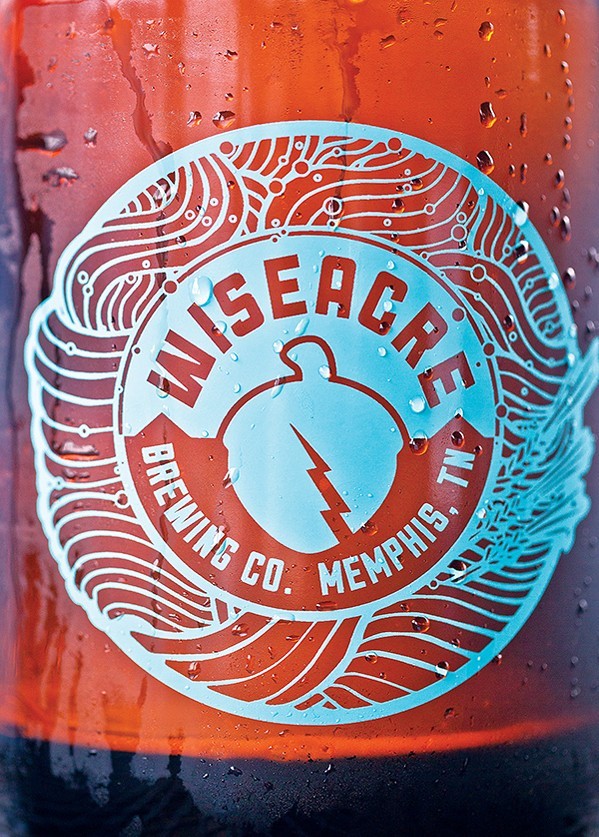
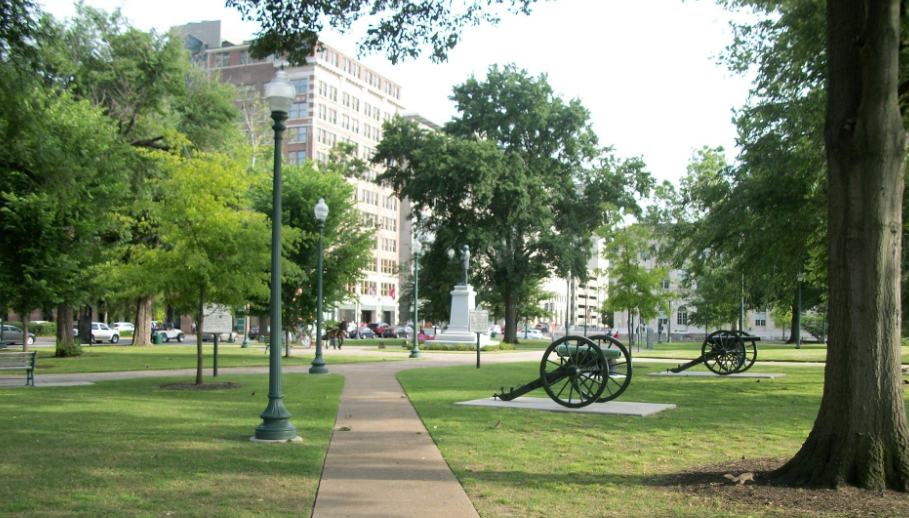
 Downtown Memphis Commission
Downtown Memphis Commission  Artist: George Hunt
Artist: George Hunt 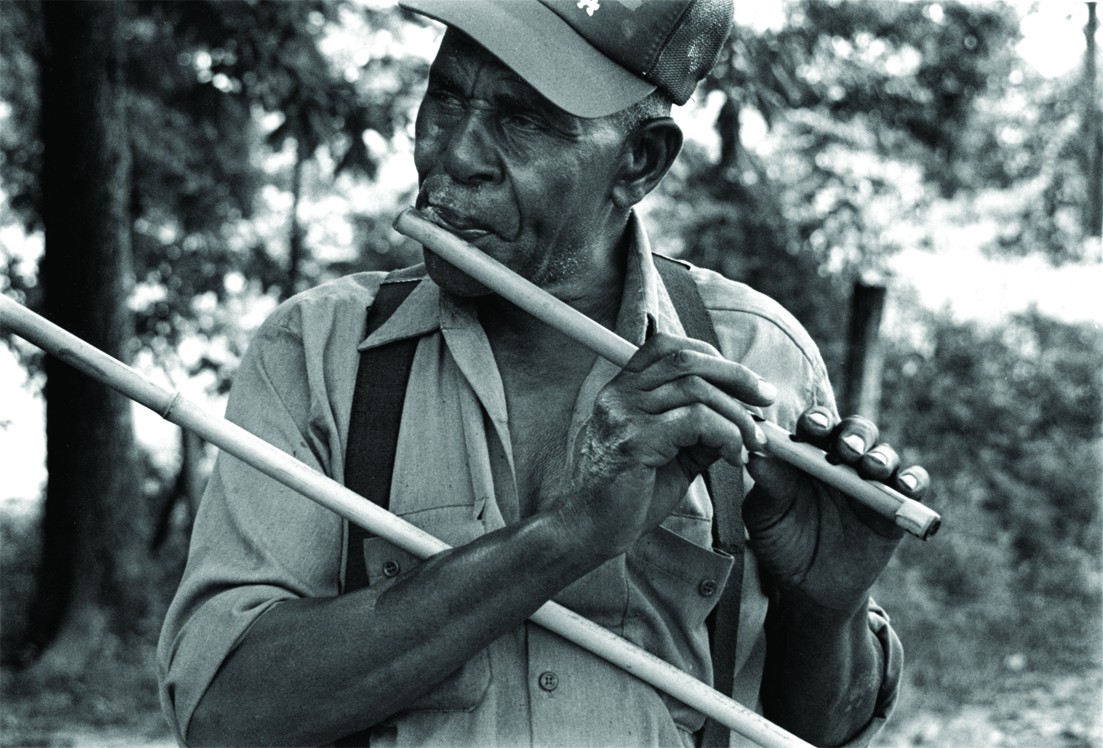
 Laura Jean Hocking
Laura Jean Hocking  Chris McCoy
Chris McCoy 
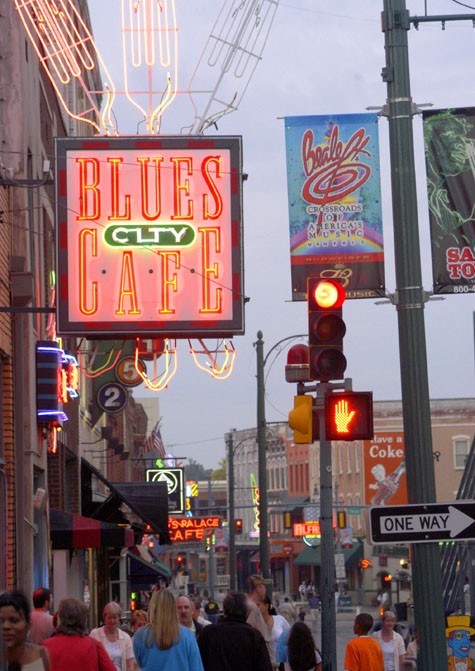
 Toby Sells
Toby Sells 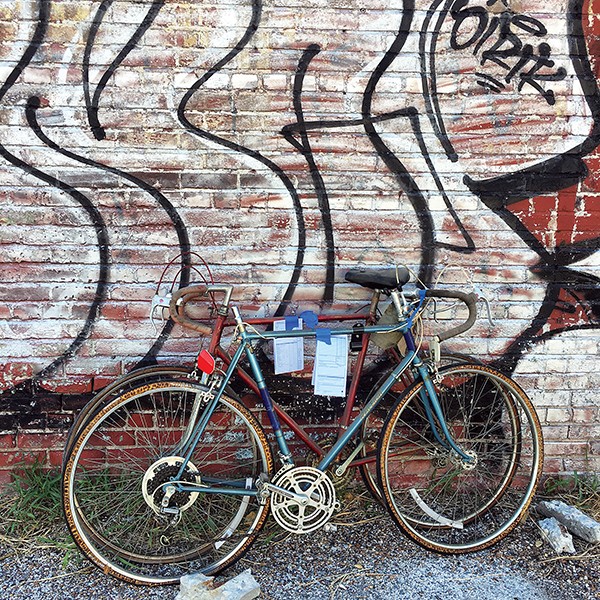
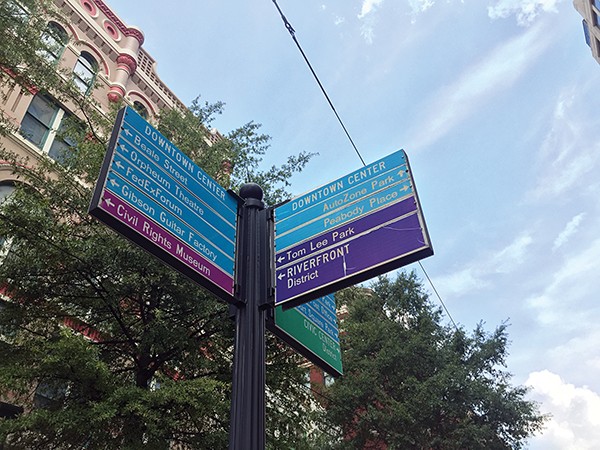 Toby Sells
Toby Sells  Bianca Phillips
Bianca Phillips